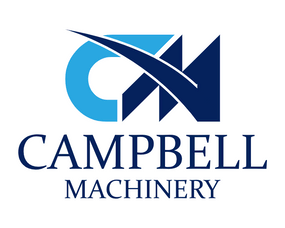14/02/2023 0 Comments
What is Bead Blasting
Along with shot blasting, bead blasting is an industrial cleaning technique we often employ. As experts on bead blasting, we often get questions about this industrial cleaning technique. Therefore, for the convenience of our clients, we have compiled some of the more common bead blasting techniques.
What is bead blasting?
Bead blasting is a process that uses small glass, ceramic or steel beads to clean, polish, or deburr a surface. The bead blasting material is propelled onto the surface using compressed air, and the impact of the beads removes surface contaminants and improves the surface finish. Bead blasting is commonly used in metal finishing, surface preparation for coating, and medical and dental device manufacturing. The size and shape of the beads and the type of blasting equipment used can affect the final result, so the process is carefully controlled to produce consistent and desired outcomes.
What's the difference between sandblasting and bead blasting?
Sandblasting and bead blasting are similar in that they both use a pressurised stream of abrasive particles to remove surface contaminants and improve the surface finish of a material. However, there are some critical differences between the two:
- Abrasive material: Sandblasting uses sand particles as the abrasive material, while bead blasting uses small glass, ceramic, or steel beads. The type of abrasive material used will affect the final result and determine the suitability of the process for a particular application.
- Surface finish: Sandblasting can produce a rough and dull surface finish, while bead blasting typically results in a smoother and brighter surface finish. This is because the more minor and rounder beads used in bead blasting produce a more uniform impact on the surface.
- Material compatibility: Sandblasting can be aggressive and cause warping or other damage to delicate materials, while bead blasting is generally gentler and is, therefore, more suitable for delicate or sensitive surfaces.
- Application: Sandblasting is often used for heavy-duty cleaning and surface preparation, while bead blasting is commonly used for delicate cleaning
What are the benefits of bead blasting?
Bead blasting is a surface finishing process that uses small spherical beads propelled by compressed air to clean, smooth, or roughen a surface. The following are some of the benefits of bead blasting:
- Improved Surface Finish: Bead blasting can produce a uniform matte finish free of surface contaminants, such as oils and grease. This makes the surface more receptive to coatings and adhesives and improves the finished product's appearance.
- Increased Surface Hardness: Bead blasting can increase the hardness of a surface, making it more resistant to wear and tear. This is particularly useful for metal parts subjected to high stress or wear.
- Deburring and Deflashing: Bead blasting can effectively remove small burrs and flashes from moulded plastic parts or metal castings, resulting in a smoother, more consistent surface.
- Cleaning: Bead blasting can be used to remove rust, dirt, and other contaminants from surfaces. This is especially useful for restoring old or rusty metal parts to their original condition.
- Precision: Bead blasting can produce precise, controlled results, making it suitable for medical implants and other precision components.
- Cost-effective: Bead blasting is low-cost and can often be done in-house, reducing the need for outsourcing and the associated cost and lead time.
- Eco-friendly: Bead blasting is a dry process that does not require solvents, making it an eco-friendly alternative to traditional cleaning methods.
If you have any more questions on bead blasting, then please get in contact with our team today.


Comments
Leave a comment